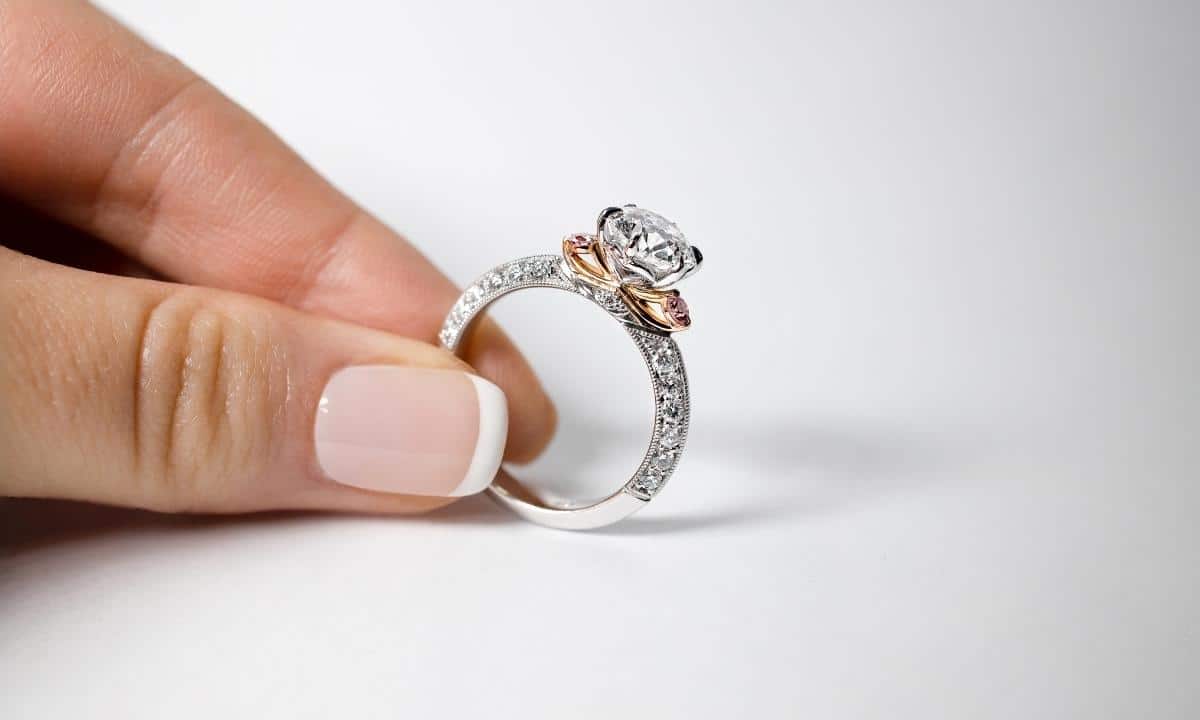In recent years, lab-grown diamonds have emerged as a game-changer in the jewelry industry, offering a sustainable, affordable, and ethical alternative to traditional mined diamonds. These diamonds, created using cutting-edge technology that simulates the natural diamond-forming process, have rapidly gained popularity among consumers and jewelers alike. As the demand for ethical and environmentally-conscious products increases, lab diamonds are poised to become the future of the diamond industry.
What Are Lab-Grown Diamonds?
Lab-grown diamonds, also known as synthetic or man-made diamonds, are diamonds created in a laboratory setting under controlled conditions that mimic the high-pressure, high-temperature environment where natural diamonds form deep within the Earth. There are two main methods for creating lab diamonds: High Pressure High Temperature (HPHT) and Chemical Vapor Deposition (CVD).
In the HPHT process, a small diamond seed is placed in a chamber where carbon is subjected to immense pressure and temperature. This simulates the conditions found in the Earth’s mantle, causing the carbon to crystallize into a diamond. On the other hand, the CVD process involves placing a diamond seed in a chamber filled with carbon-rich gas. The gas is heated, causing the carbon atoms to bond with the seed, growing a diamond layer by layer.
Both methods produce diamonds that are chemically, physically, and optically identical to natural diamonds, making them virtually indistinguishable from their mined counterparts.
The Rise of Ethical and Sustainable Jewelry
One of the most significant driving forces behind the popularity of lab diamonds is their ethical and environmental appeal. The diamond mining industry has long been associated with harmful environmental practices, such as deforestation, habitat destruction, and significant carbon emissions. Additionally, concerns over human rights violations, including exploitative labor practices in some mining regions, have raised ethical concerns about the origins of natural diamonds.
Lab diamonds are the future, by contrast, are produced with a significantly smaller carbon footprint. The energy used to create them is often sourced from renewable resources, and the entire process can be much less damaging to the environment. For consumers who are concerned about the ethical implications of their purchases, lab diamonds offer a solution that aligns with their values while still providing the beauty and luxury of a traditional diamond.
Affordability and Accessibility
Lab diamonds are typically more affordable than natural diamonds, often costing up to 30-40% less for the same size and quality. This price difference is largely due to the fact that lab diamonds do not require the extensive and resource-intensive mining operations that natural diamonds do. As a result, consumers can access high-quality diamonds at a fraction of the cost, allowing them to invest in larger, more impressive stones or to put their savings toward other meaningful purchases.
The affordability of lab diamonds also opens the door for more people to buy diamonds for special occasions such as engagements, weddings, and anniversaries, making these precious stones more accessible to a wider demographic. As consumer demand for affordable luxury items continues to grow, lab-grown diamonds are positioned to become the go-to choice for many.
Technological Advancements and Innovation
The future of lab diamonds is also tied to technological advancements in the production process. Over the past decade, there has been significant progress in making the creation of lab diamonds more efficient and cost-effective. As technology continues to evolve, it’s expected that lab-grown diamonds will become even more affordable and available in larger sizes, broader color ranges, and superior qualities.
Moreover, lab diamond manufacturers are constantly innovating to ensure their products are indistinguishable from mined diamonds. Today, gemologists use specialized tools to identify the slight differences between the two types of diamonds, but as technology advances, it is likely that these differences will become even harder to detect.
Shifting Consumer Perceptions
Once seen as inferior to natural diamonds, lab grown diamonds are now gaining recognition for their superior quality and ethical value. Many millennials and Gen Z consumers are particularly drawn to lab diamonds, as they prioritize sustainability and authenticity in their purchases. Additionally, celebrities and influencers are increasingly endorsing lab diamonds, helping to normalize their use and shift perceptions within the mainstream market.
The rise of lab diamonds signals a larger trend toward conscious consumerism, where buyers are more thoughtful about the impact of their purchasing decisions on the planet and society. With the growing awareness of environmental and human rights issues, lab-grown diamonds are poised to become the preferred choice for the next generation of consumers.
The Future of Lab Diamonds
As lab-grown diamonds continue to gain momentum, their role in the jewelry industry will likely continue to grow. The increased demand for sustainable and ethical products, combined with advancements in technology and greater consumer education, means that lab diamonds are not just a passing trend—they represent the future of the diamond market.
With their stunning beauty, lower environmental impact, and affordable price point, lab diamonds are redefining what it means to own a diamond. In the coming years, as more people embrace lab-grown diamonds as a viable alternative to mined stones, it’s clear that the future of the diamond industry is shifting toward these sustainable gems. Whether for engagement rings, fine jewelry, or other luxury items, lab diamonds are proving that you can have it all—beauty, quality, and responsibility—all in one sparkling stone.

